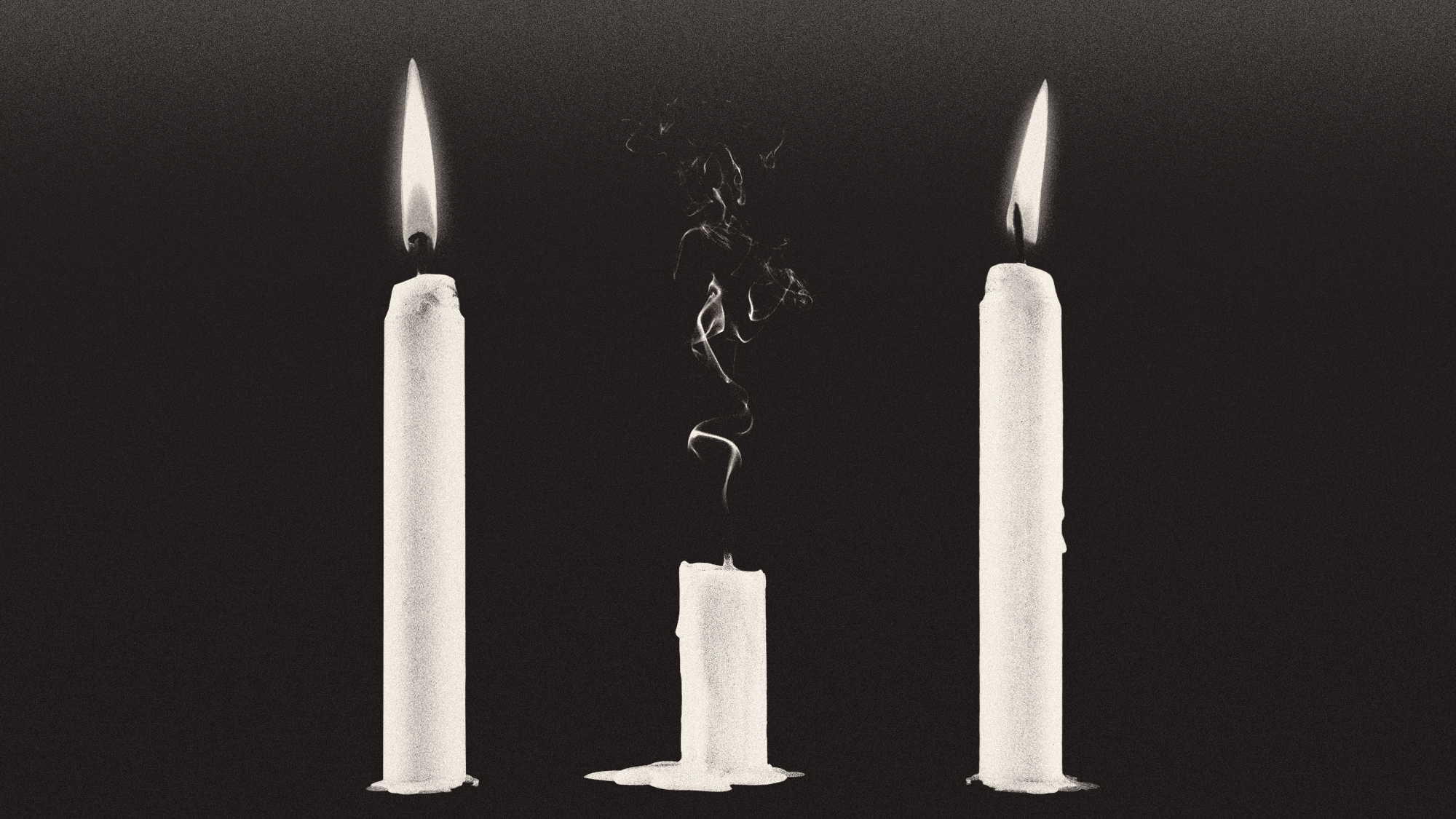Imagining the Past in France, 1250–1500
The Getty's exhibition of illuminated manuscripts begins in the 13th century, when books were just starting to be translated from Latin to French.
The J. Paul Getty Museum
Los Angeles, through Feb. 6
Why let pesky concerns like historical accuracy ruin a good tale? said Jeff Favre in the Ventura County, Calif., Star. Artists in medieval France certainly didn’t, and the Getty’s “action-packed” exhibition of illuminated manuscripts spanning three centuries is all the more fascinating for that indifference to truth. The show begins in the 13th century, when books were just starting to be translated from Latin to French. This new accessibility created a hunger among French royalty for “lavishly illustrated and decorated” histories, and the era’s top talents were happy to oblige. Tales from secular and religious history came alive with vivid colors and fanciful characters, as the illustrators scoured the texts at hand for moments worth “illuminating.” Often the artists “relied more on legend than on extensive research.”
The Week
Escape your echo chamber. Get the facts behind the news, plus analysis from multiple perspectives.

Sign up for The Week's Free Newsletters
From our morning news briefing to a weekly Good News Newsletter, get the best of The Week delivered directly to your inbox.
From our morning news briefing to a weekly Good News Newsletter, get the best of The Week delivered directly to your inbox.
Political considerations also trumped fidelity to history, said Christopher Knight in the Los Angeles Times. Where today’s leaders orchestrate triumphant photo ops aboard aircraft carriers or before stadium-size crowds, the ruling class of yore used illuminated manuscripts to bolster their authority. An epic chronicle of Christianity that culminates in the baptism of France’s first Christian king not only asserts that “history is a divinely ordained continuum,” but also says “the powerful people in charge have been put there by God, so don’t get any ideas about changing things.” In one room of this show, a “knockout” 1372 Jean Bondol frontispiece depicts France’s Charles V receiving a beautifully decorated volume that includes the first lines of Genesis and is also “the very book laid out before us.” The message: God made heaven and earth, then put Charles in charge. Here, “the dazzling conceptual solipsism approaches the notion of the word made flesh. It must all be true!”
A free daily email with the biggest news stories of the day – and the best features from TheWeek.com


